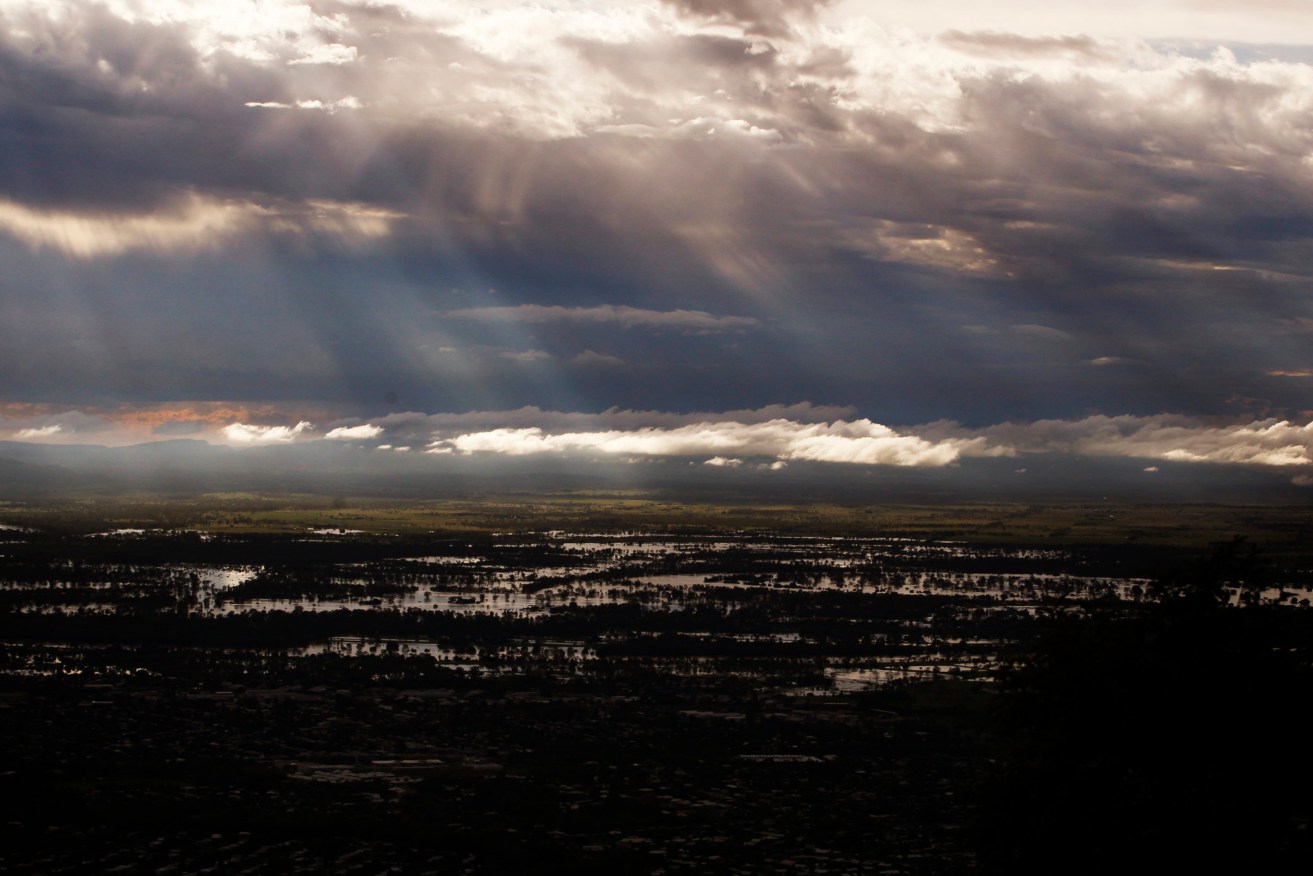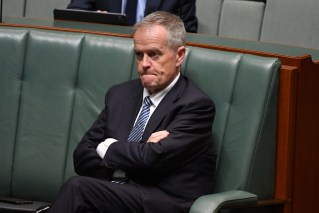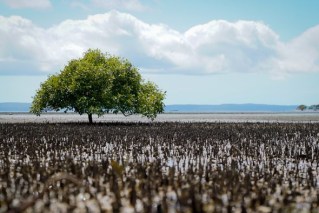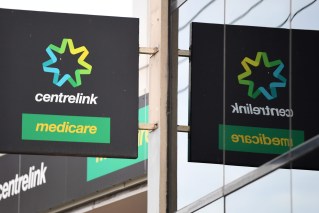How one chilly weekend left a cloud over state’s solar electricity stocks
Queensland’s solar energy production was “hammered” over the weekend and showed how dependent the national electricity market was becoming on weather, according to an analysis by WattClarity’s Paul McArdle.


Gloomy skies over the weekend led to a massive drop in solar energy production across Queensland (Photo: REUTERS/Daniel Munoz)
The Brisbane-based WattClarity is a website for Global Roam, a company that provides analysis of the market to energy users. McArdle is its chief executive.
He said up until the weekend Brisbane had been fairly blessed with a gentle decline towards winter, but the collapse in solar production was a lesson for policy makers as the move to renewables accelerated.
“That gentle decline accelerated sharply yesterday with a blast from the south contributing to a drop in temperature meaning Brisbane just managed to nudge above 15°C as the maximum for the day. Even as far north as Townsville the temperature range for the day was not much better, as shown – and Rocky was colder than Brisbane,” McArdle said.
He said on Saturday output at most of the large solar stations across Queensland had been “hammered” by the cloud cover stretching across a large area of the state. The plunge in temperatures also drove a spike in electricity demand which could not be met by rooftop solar alone.
“Averaged across the 24 hours in the day (on Saturday), average aggregate output across all of the large solar plant in Queensland was a very meagre 79MW. Dividing this by an aggregate 1664MW installed capacity across the large solar plants in Queensland this represents a capacity factor the day of just 4.7 per cent.
“Particularly startling was that there had been six days in a row with poor aggregate yield across the Queensland solar fleet.”
Rooftop solar was also “smashed” with extremely low levels of production.
McArdle said his own rooftop solar only topped one-fifth of its capacity twice on Saturday and almost flatlined.
“The low levels of solar production in Queensland did not matter so much over the past four to six days given the current early stages of the energy transition.
“However, it’s clearly a useful reference case to be thinking through in terms of designing sufficient contingency in a variety of forms (such as wind production capacity, dispatchable plant in various forms (incl storage), and interconnection capability).
“These real-world examples are useful in thinking through the constraints and implications of a simplistic ‘diversity will solve it all’ mindset as the scale of solar production capability is further accelerated across the national electricity market in the coming years and decades.”












